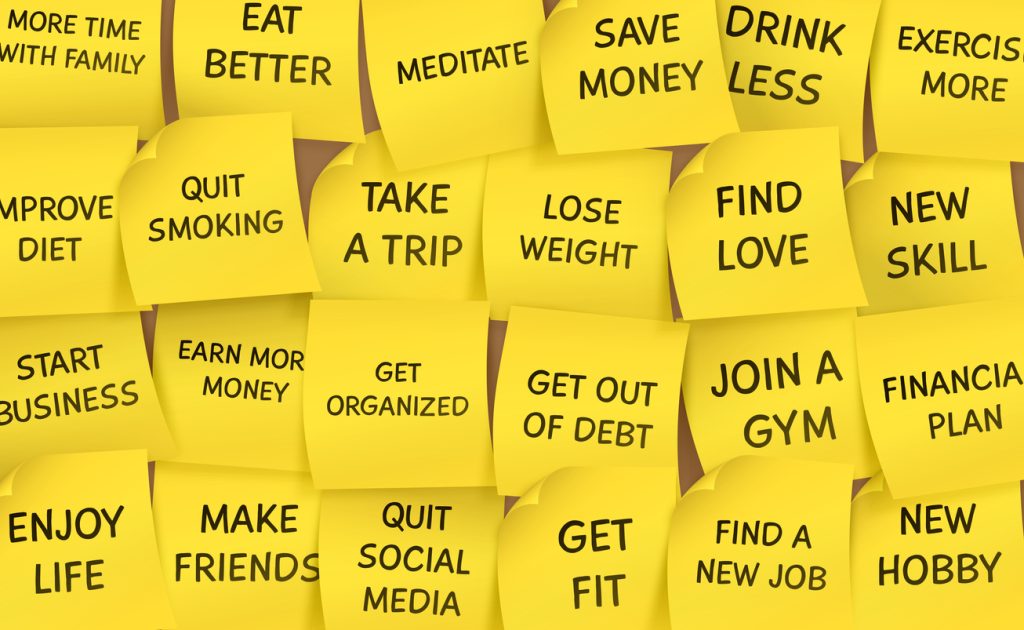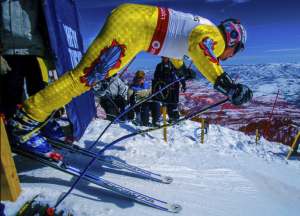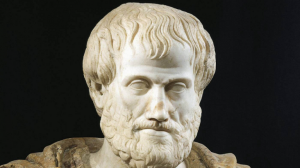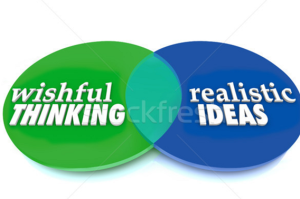A marriage, a friendship, a close family relationship… all of our important relationships are built on countless moments, innumerable interactions that either build qualities of trust, joy, and respect – or undermine those qualities.
Today I want to show you what is arguably the most important moment for building a trusting, satisfying, loving relationship.
We can often think that what makes a difference in a romantic relationship, or our relationship with our kids, or other friends and relatives, are the big things; the romantic getaway for the weekend, or the great gift that we buy.
…but there is a moment that packs more leverage, more meaning, and more potential for doing good – or harm – than almost any other: the moment when someone we care about asks for our attention.
Changing how we respond in that moment can enliven the entire atmosphere of our relationships. To understand why, we must first look at what happens to us when we’re ignored.




 We have a wonderful deli/bakery nearby that has great, healthy food, and very yummy, not-so-healthy treats – cookies, éclairs, pastries… very tempting stuff. Every once in awhile I’m seduced by these delicacies, and when I am, I almost always notice something afterwards: I don’t feel as good as I did before.
We have a wonderful deli/bakery nearby that has great, healthy food, and very yummy, not-so-healthy treats – cookies, éclairs, pastries… very tempting stuff. Every once in awhile I’m seduced by these delicacies, and when I am, I almost always notice something afterwards: I don’t feel as good as I did before.





Recent Comments